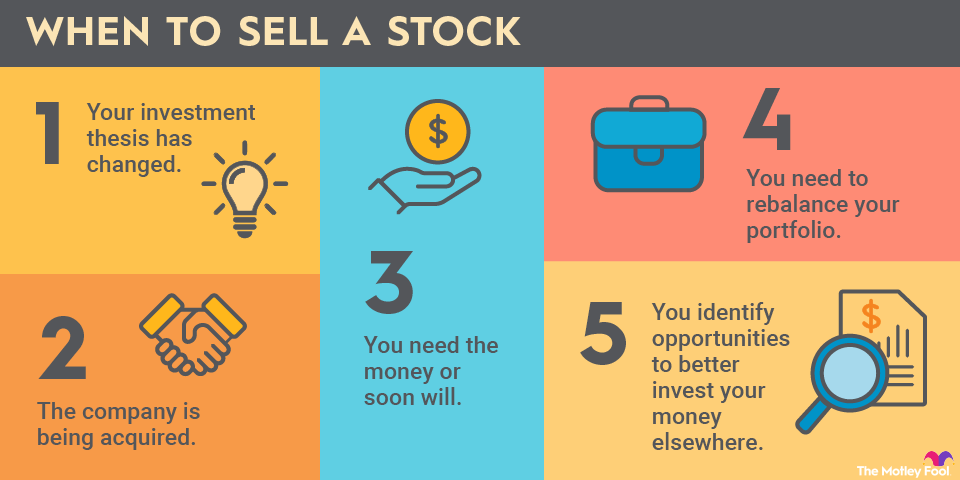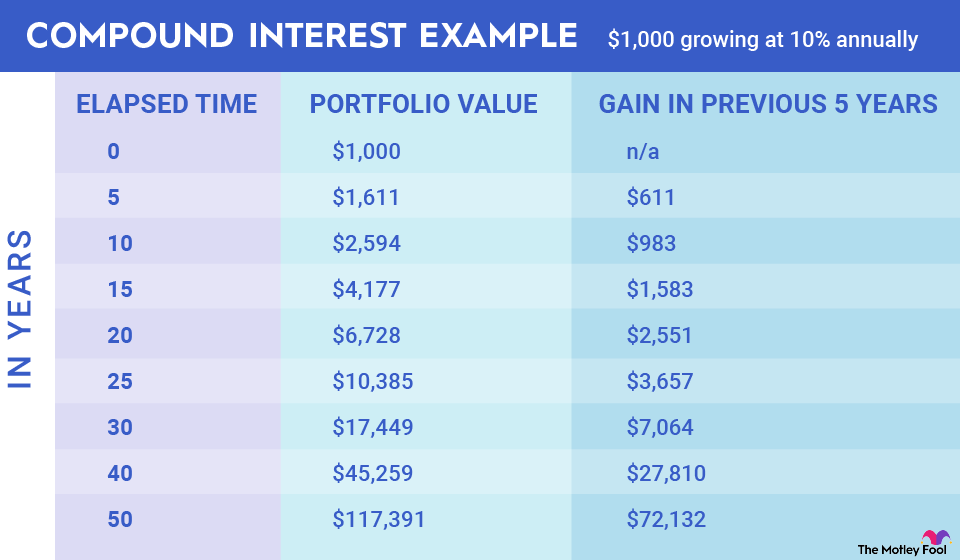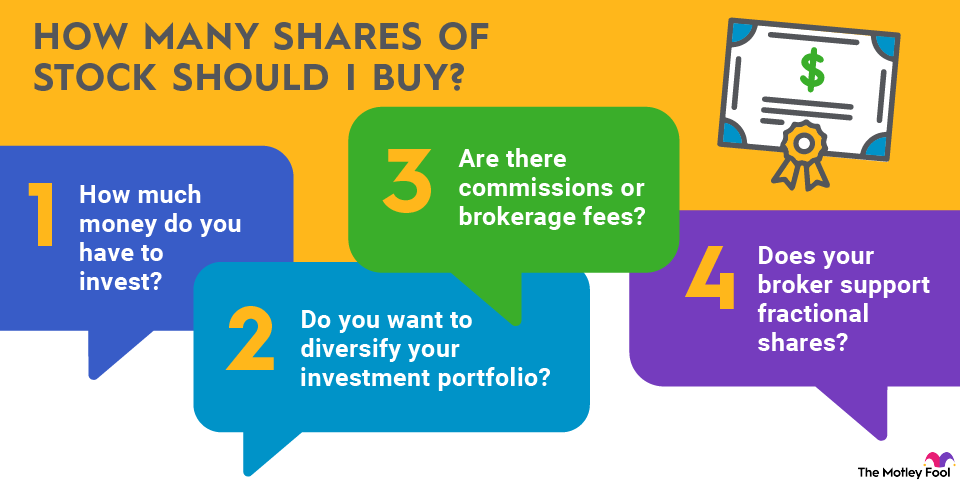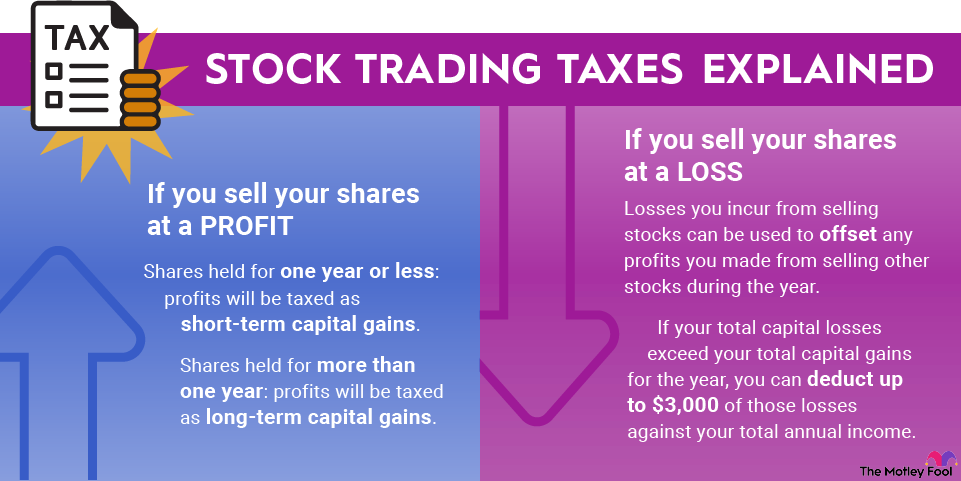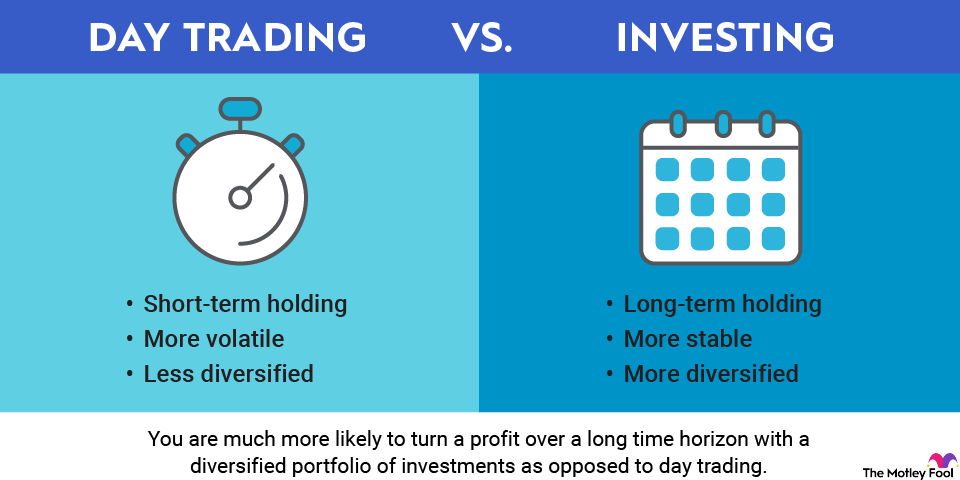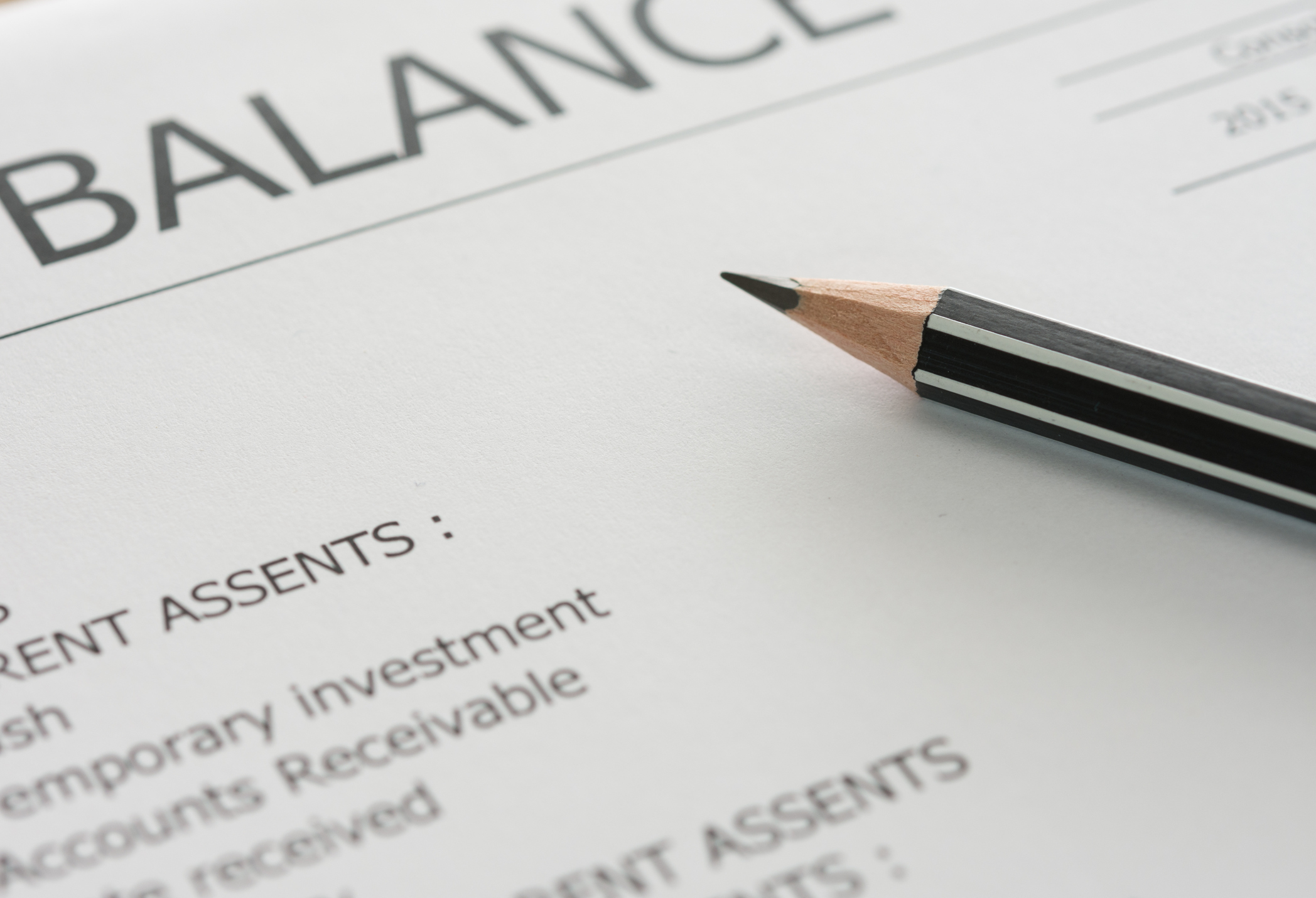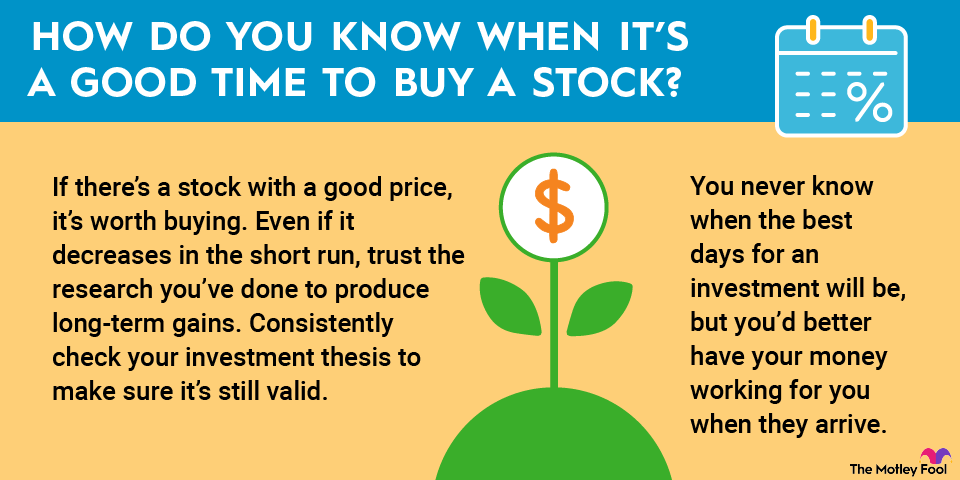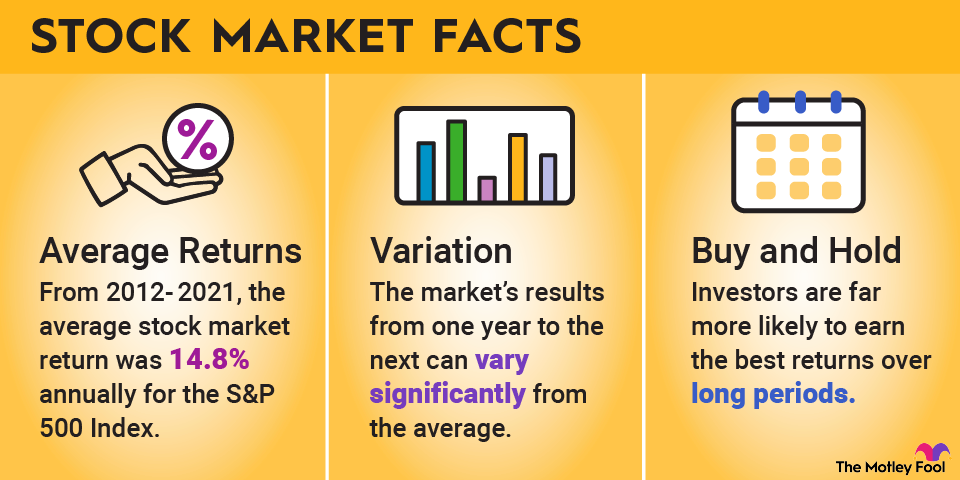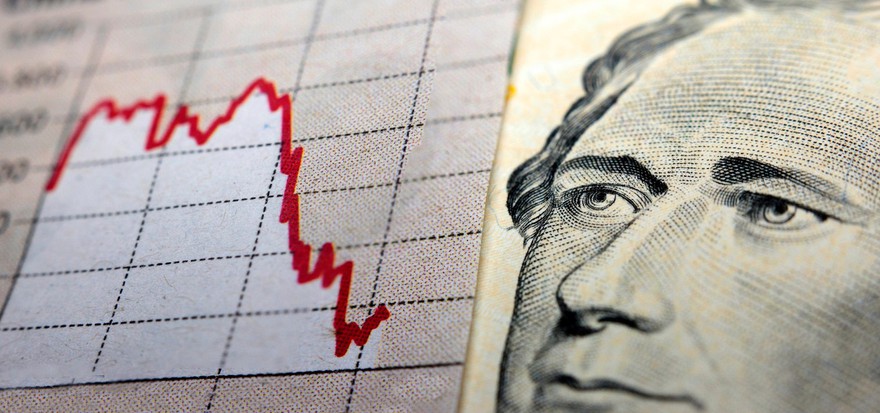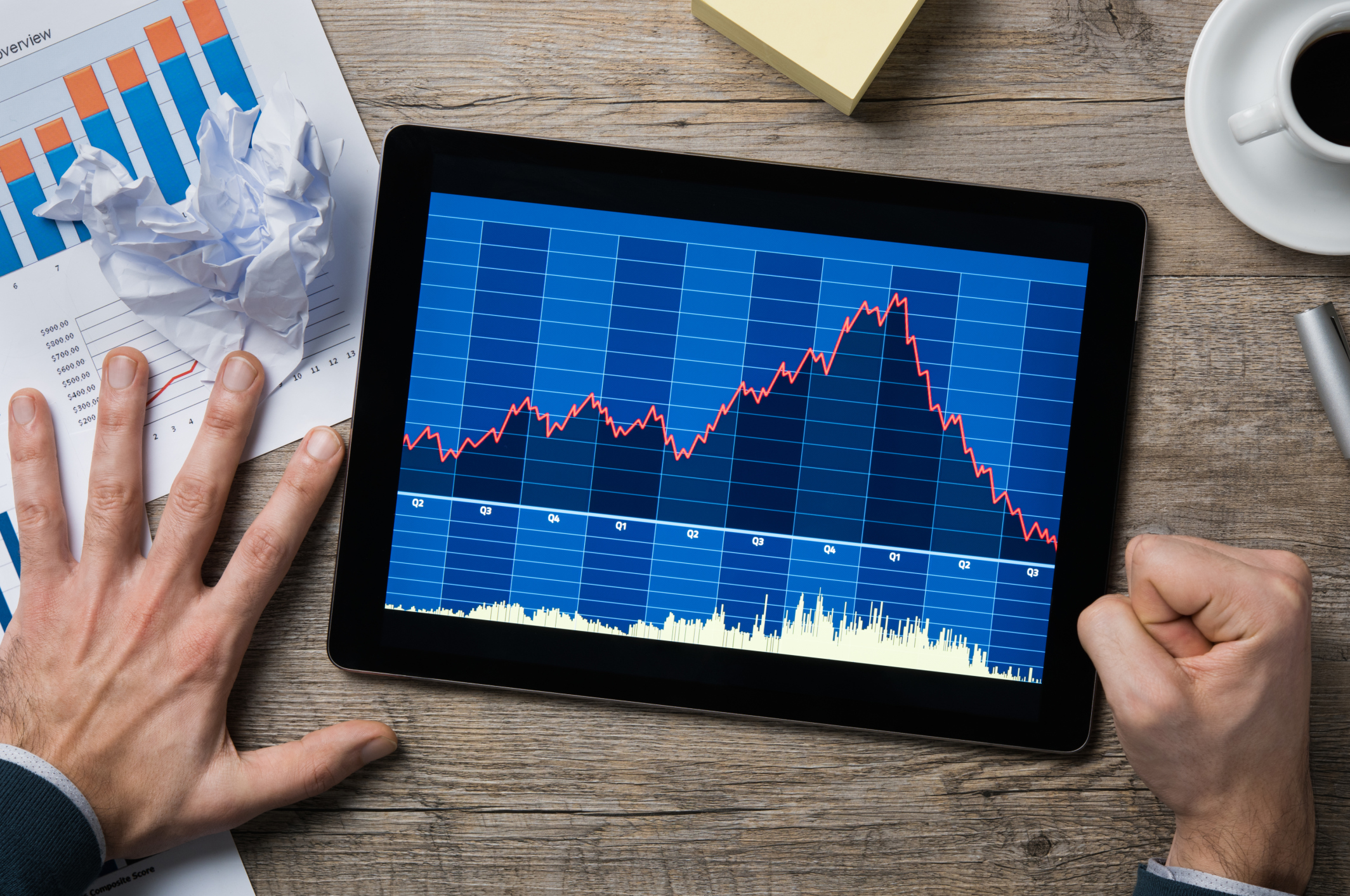After a long wait, Figma stock has finally gone public. The cloud-based software company best known for its user interface and user experience (UI/UX) design tools started trading on the New York Stock Exchange on July 31, 2025.
IPO
In this look at how to invest in Figma, we'll discuss how to buy the stock, whether you should buy it, whether Figma is profitable, what exchange-traded funds (ETFs) own it, whether it will pay a dividend, and its prospects for a stock split. Keep reading to learn more.
How to buy Figma stock
If you're interested in buying Figma, the process is the same as buying shares of any other publicly traded company. Just follow these steps.
- Open your brokerage app: Log in to your brokerage account where you handle your investments.
- Search for the stock: Enter the ticker or company name into the search bar to bring up the stock's trading page.
- Decide how many shares to buy: Consider your investment goals and how much of your portfolio you want to allocate to this stock.
- Select order type: Choose between a market order to buy at the current price or a limit order to specify the maximum price you're willing to pay.
- Submit your order: Confirm the details and submit your buy order.
- Review your purchase: Check your portfolio to ensure your order was filled as expected and adjust your investment strategy accordingly.
The bottom line on Figma
Figma will end up being one of the biggest, if not the biggest, IPOs of 2025, and there are a number of reasons the stock soared on its debut. It's growing rapidly, profitable, appears to have a bright future, has built a large customer base -- with 76% of the Forbes 2000 companies among its customers -- and it's been able to cross-sell products as it grows its product portfolio.
Adobe's attempt to buy the company for $20 billion when it was much smaller three years ago also adds to its credibility. As a business, Figma looks poised for success. While its valuation is steep, the stock deserves to trade at a premium, given its track record of revenue growth and profitability and the strength of its product portfolio.



